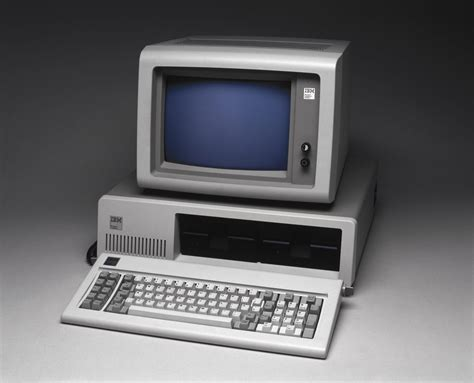Okay I’ll bite the bait. THE TOP ONE‽‽‽ What sick form factor are you using with vertical VGA ports?
Many machines have vertical connectors, if the machine is turned for any reason. Or you’re using the on-board card, etc.
That’s when you use the ports placed on the motherboard in a standard verical PC case, meaning the system uses integrated graphics for the visual output instead of deticated videocard. Videocards that are put into MB at 90° are horizontal, right, but in most office setups I handle they are rare nowadays. Videocards are almost exclusively installed when you handle 3d and content rendering in demanding apps, and for office and browser stuff they are too costy after the crypto price hike and in a sanctioned Russia.
Nettops have horizontal motherboards tho.
standard verical PC case
Excuse you! Standard PC cases are horizontal:

You need to rotate your pc case if the VGA port isn’t vertical. The ground pins always need to be on top so all those grounding electrons weigh down the other conductors to make the data flow more quickly.
Uh no, the ground pins need to be at the bottom so they’re near the ground idiot
That’s not true. VGA is a horizontal spec with the entire trapezoid housing being the ground contact. The data electrons to one side is due to the earth’s axial tilt spinning them into a corner via healing crystals.
Makes total sense must be true
Can confirm.
Source: am grounding electron.
Desktop computers that have a vertically standing motherboard.
I don’t screw them in unless it’s in a confined location where the cable is applying pressure to unseat, or if it’s fallen off at least once
My current job, we test products with these cables, we are required to screw in both when plugging it in, so both.
If it’s for more than a minute I’ll screw in VGA and DVI cables
When I used them, I screwed both in usually.
I think this is highly dependent on the setup… like is this temporary, semi- temporary, or permanent?
Let’s say it’s for years, but this setup is not moving around at all and it’s one of like a hundred of machines you prepare for usage.
At least one, probably both.
Jesus Christ, both!! 😆 But only finger tight. Sod you bastards who get the screwdrivers out! That’s overkill. 😁
I’ve always screwed them both in very lightly
Both
Both, heathens dont bother and they reap what they sow.
Hahaha, I can’t disagree, even as a heathen.
As others have said, depends on how permanent something is
I sure wish my external HDDs had screw in ports. Those things come loose if there’s a change in air pressure.
It depends.
For my work computer, I screw them in tight, both on the monitor and the DP/VGA adapter.
For stationary devices (like overhead projectors) and extension cords, I screw them in, but not very tight.
For classroom computers, I only screw them in on the monitor and leave them unscrewed on the computer. Students can’t keep their legs calm and often snag the cables. I prefer to let the connectors harmlessly disconnect instead of damaging the graphics card or motherboard.
Neither. Trip hazard.
Hand tight, then torque wrench, 7-inch pounds.
Pro tip: It’s a lot easier f you twist both knobs at the same time using the same motion as opening a bottle cap.














